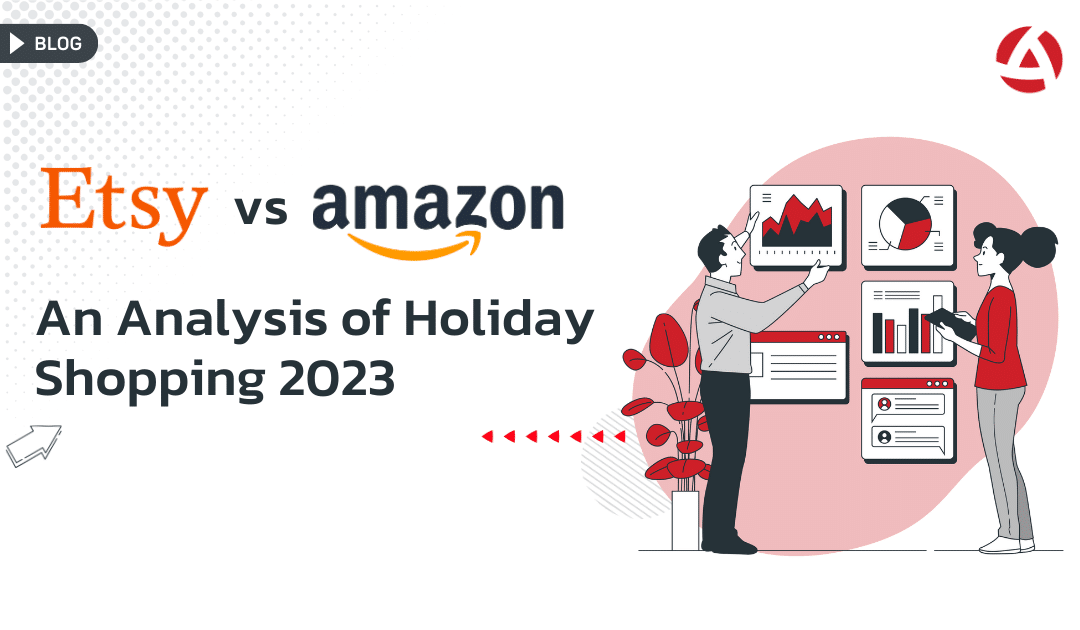Interest in AI has been steadily increasing for the last decade or so. Leading tech companies anticipated long ago, a great technology that can transform their business. Two shining examples can be
1. IBM’s Watson defeating humans in Jeopardy in 2011
2. Google’s Alpha Go defeating the 18-time world Go champion Lee Sedol in 2016


Both were “hard” games thought by experts to be only suitable for human minds, for a long time. Yet humans were beaten, badly.
Some pundits see a dark side. Elon Musk, for example famously said: “AI is more dangerous than nukes”1 He didn’t stop there and started a billion-dollar venture, “OpenAI” to “work for safer artificial intelligence”2
Fortunately, most of the concerns are for a longer timeframe. I especially love Andrew Ng’s words: “… I don’t work on not turning AI evil today for the same reason I don’t worry about the problem of overpopulation on the planet Mars”3
He is a well-respected AI scholar. So I’ll take his word for it. I’d suggest any non-researcher to do the same.
But what exactly is it?
The father of AI, John McCarthy defines it as: “The science and engineering of making intelligent machines, especially intelligent computer programs”4
It can be best understood with examples. When a computer program can do actions similar to the ones below, it is said to have artificial intelligence:
- Understand and converse in human speech
- Detect a familiar face or a type of animal in a photograph
- Operate a robot arm to perform a precise task in a complex environment (e.g. fold laundry)
- Learn complex tasks from experience (e.g. learn to walk with an 8-legged robot frame)
To make matters simpler, experts define two categories of AI
- Narrow AI: when computers can perform highly specific intelligent tasks (any one of the above examples)
- General AI: when computers can perform well in a number of different fields (all of the above and then some)
The second one is the topic of very advanced and exciting research. So we can safely concern ourselves mostly with the first one. It has the best applications, here and now.
How does it relate to Customer Experience?
Today Narrow AI has fast become a great tool to serve many business needs. Delivering better Customer Experience is only one of them.
Gartner says: “By 2021, 15% of all customer service interactions will be completely handled by AI, an increase of 400% from 2017”5
Very exciting prospects indeed. But where to start?
Below are a few scenarios we think would significantly help out an organization to provide better customer experiences:
1. Desing smart interactions: AI can bring prediction power to experiences, as they happen. Didi for example actively monitors each ride and predicts whether the customer will provide a good rating or not. If the system anticipates a poor result
- Automated rules kick-in, and flag the ride as one to watch
- Human agents spring into action (in some cases)
- The driver is alerted to take gentle care with the customer
- Automatic refunds are executed, if the customer is clearly overpaying
With all these actions, Didi tries to ensure a happy customer at the end of the ride. A customer that returns with more business.6
2. Monitor the heartbeat in channels and products: Nowadays most organizations operate a form of the voice of customer program. While a trove of data is collected, some of the insights may never see the sunlight. Text analytics can decode customer comments into metrics that can be contrasted across channels and products. It enables you to identify:
- Top 5 of your shops where customers complain about long wait times the most
- Third-party partners that need to improve “friendliness” target the most
- Agents that get distinctive gratitude from customers they just served
Such data can be definitely useful for sales coaching and employee recognition programs
3. Understand the root causes behind low scores: When asked the right questions at the right time, customers can provide even better feedback. Sure, a team or an offline text analytics system can decipher customer comments received two days ago. But a real-time solution can facilitate a real conversation with the customer right then and there.
For example, many customers don’t go beyond comments like “selection not bad. but poor quality”. A system that responds with a simple “We are so sorry. Which product was the problem?” can elicit further elaboration.
Here AI enables both the accuracy (trigger the right questions) and coverage (cover a whole array of different flows and situations)
How to go forward
AI is here to stay. Better yet, it offers great rewards for the explorers that find the right use cases. The innovative companies already started to integrate AI into their daily operations. Leaders are changing their practices through
- A better understanding of the root causes of poor experiences
- Proactively preventing them
- Guiding their operations with higher quality insights
If you want your organization to join the leading pack, we are here to help.
Here is more information on how you can start analyzing your customer emotions and conversation topics through Alterna Text.
Sources:
- 1https://www.cnbc.com/2018/03/13/elon-musk-at-sxsw-a-i-is-more-dangerous-than-nuclear-weapons.html
- 2https://www.vanityfair.com/news/2017/03/elon-musk-billion-dollar-crusade-to-stop-ai-space-x
- 3https://www.theregister.co.uk/2015/03/19/andrew_ng_baidu_ai/
- 4http://jmc.stanford.edu/artificial-intelligence/what-is-ai/index.html
- 5https://www.gartner.com/smarterwithgartner/4-trends-gartner-hype-cycle-customer-service-customer-engagement/
- 6Bain & Company, “Customer Experience Tools and Trends 2018” report






